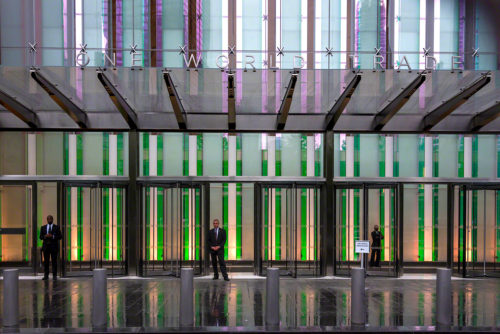In my early days, somewhere around the time Moses parted the seas, I worked for UPI (United Press International), AP (Associated Press), and I was a Black Star photographer. I was a photo-journalist in the making and one of my favorite photographers was Alfred Eisenstaedt, who at that time (and probably still is) was considered the father of modern photo-journalism.
I’ve always enjoyed looking at his Life Magazine covers and he was the leading contributor with ninety covers and twenty-five hundred photo essays; pretty impressive by all accounts.
Over the years I’ve read articles about him and one of his quotes I’ve always loved was, “The important thing is not the camera, but the eye”.
During my online classes with the BPSOP, and in my “Stretching Your Frame of Mind” workshops I conduct all over the place, I often have my fellow photographers tell me that it’s time to move up to a better camera…“so I can take better pictures”!!!
My response is always the same. It’s not about fancy expensive cameras, they will NOT get you to take better photos; it’s that eye that’s part of the head that has a brain in it that counts. It’s all about perception, and as Henry David Thoreau once said, “It’s not what you look at, it’s what you see”.
If you would spend the same amount of time as you do piddling around with all that stuff on your camera, observing the environment around you not with the left side of your brain (the analytical side) but with the right side (the creative side), you just might find that the camera you have now will work just fine.
Camera stores are full of expensive equipment that the previous owners bought on the assumption that just like that they would wake up one morning and be who they wanted to be…really good photographers. I’m here to tell you that it just ain’t so.
Because of rapidly changing technology photographic equipment, specifically cameras, has become smaller, faster, more powerful, more everything, and it will get to the point where you won’t even have to go out with it to shoot. You’ll be able to program it to do anything…which it actually does now…and more’s the pity.
Camera manufactures have duped the public into believing that their camera will make you a much better photographer. I’m thinking, based on experiences with my fellow photographers, that the more buttons, dials and programs there are on a modern digital DSLR, the better the photo it will take. If you believe that then I have a bridge in NYC that I’m willing to sell to you.
Here’s the way I see it. When I’m walking with others in my workshops I carry two cameras. My Canon Mark III with a 17-40mm zoom over my shoulder and my Lumix DMC-LX7 around my neck. My very small Lumix has a 24-90mm zoom lens, in a ten megapixel camera which gives me a range from 17-90mm without having to carry two big cameras.
The Canon is an F/4 and the Lumix is a F/1.4-2.3 so when I’m in a very low light situation, or if I need a medium telephoto I’ll grab my Lumix. When I want a wide angle I use my Canon. Both these photos were taken during my New York workshop on the same day, the same location, about an hour apart from one another. One was taken with my Lumix DMC-LX7, and the other with my Canon Mark III.
To me it doesn’t matter which camera I decide to use…why? Because ” The important thing is not the camera but the eye”.
Visit my website at: www.joebaraban.com, and check out my workshop schedule at the top of this blog. Come shoot with me some time. This coming January Along with William Yu, I’ll be taking a group to China to photograph the flooded rice terraces and also the tribal villages. Next February in conjunction with the Santa Fe Workshops, I’ll be returning to Cuba for the fourth time. My next springtime workshop will Berlin next May; an incredibly beautiful city.
Send me a photo and question to: AskJoeB@gmail.com, and I’ll create a video critique for you.
JoeB






